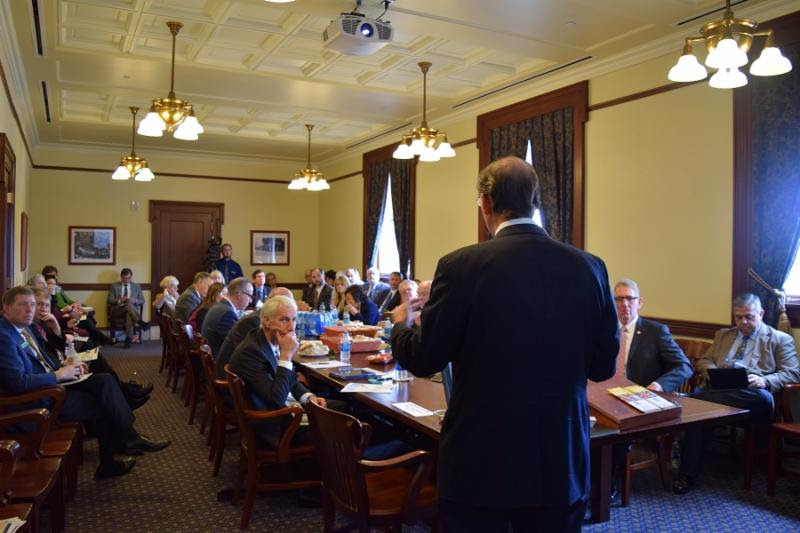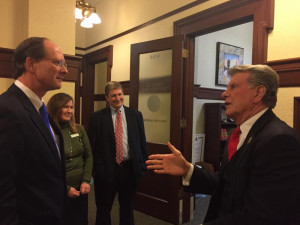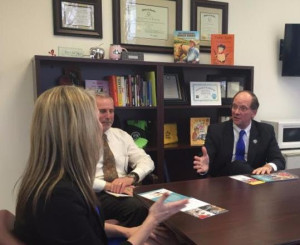
Stretching the STEM Vision for Idaho High Schools
From The Idaho Statesman | By Bill Roberts
Bluum was honored to take part in the conversations around improving Idaho’s STEM education options and these innovative school examples from Ohio.
A pair of Idaho lawmakers are pushing a plan for high schools built around science, technology, engineering and math that could exist both within and outside of the state’s traditional public education system.

Q: Who’s involved?
Rep. Reed DeMordaunt, House Education Committee chairman, and Sen. Bob Nonini, R-Coeur d’Alene, a member of the Senate Education Committee, spent part of this week meeting with the governor and lawmakers to pitch an idea for STEM high schools tucked within universities or affiliated with businesses.
They brought with them Chris Widener, a former Ohio state senator, and David L. Burns, STEM Innovations Networks director for Battelle, the contractor at Idaho National Laboratory. Both Widener and Battelle helped create similar schools in Ohio beginning in 2008.

Q: What’s happening in Idaho now?
Idaho is putting an emphasis on STEM education as a way to increase the number of higher-paying jobs in Idaho. Gov. Butch Otter has proposed more than $14 million this year to promote STEM education. Burns said more STEM students are needed to enter the workforce and offset the number of those retiring. “It’s critical to your survival as a business,” he said.
Q: How would STEM high schools take shape in Idaho?
Details are sketchy. Nonini and DeMordaunt say Ohio offers a good road map.
Q: What happened in Ohio?
One of its 19 STEM schools, the Global Impact STEM Academy in Springfield, has an agricultural science focus and therefore would fit well in Idaho, Nonini said. “Every legislator needs to … be involved in it,” Nonini said. “Idaho should be doing this.” The academy is involved in what Widener calls lab coat agriculture, not “plows, sows and cows.”
Read More & Watch The Video Interview with Chris Widener
–



